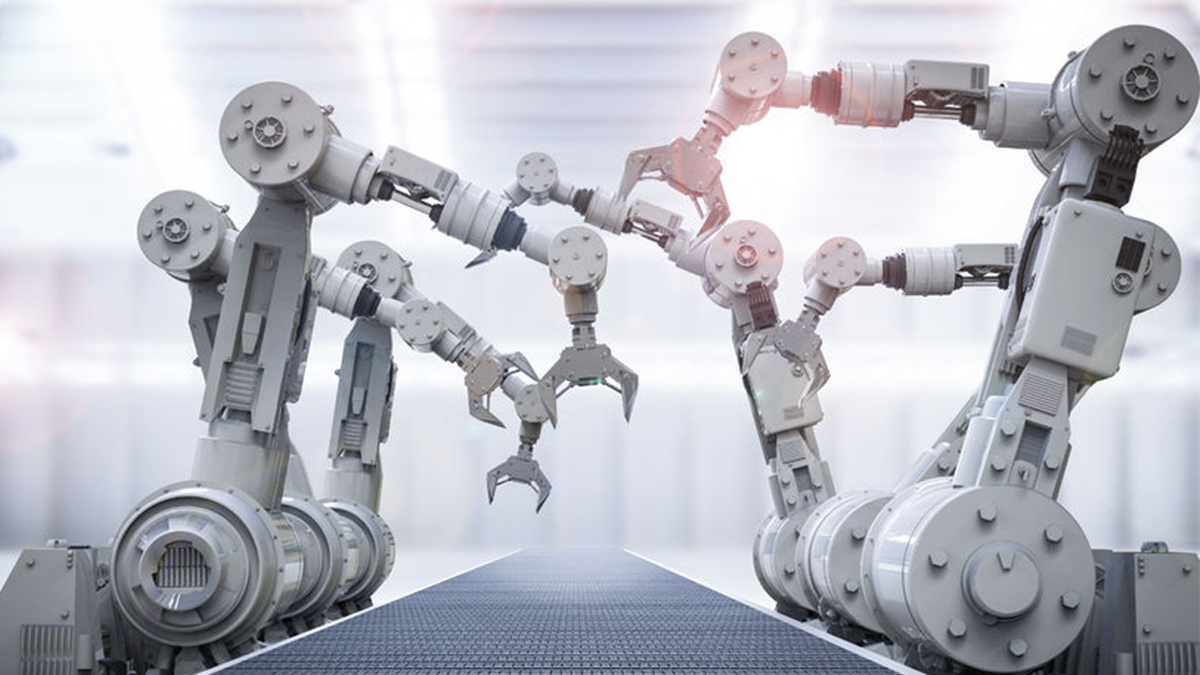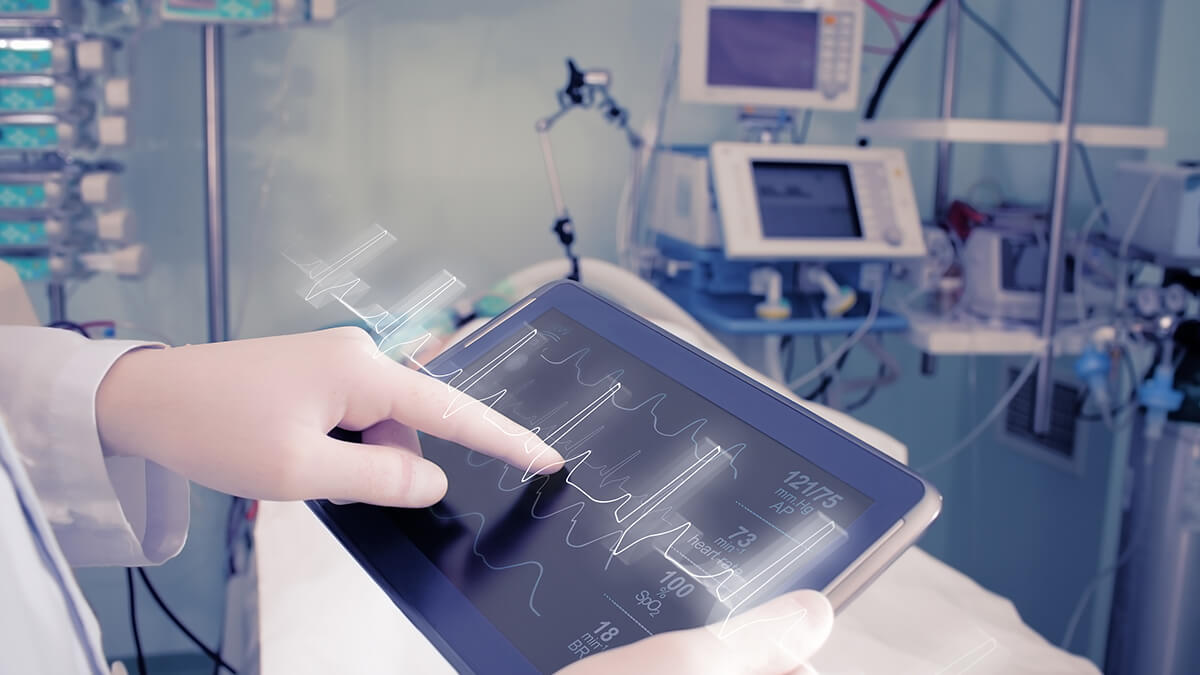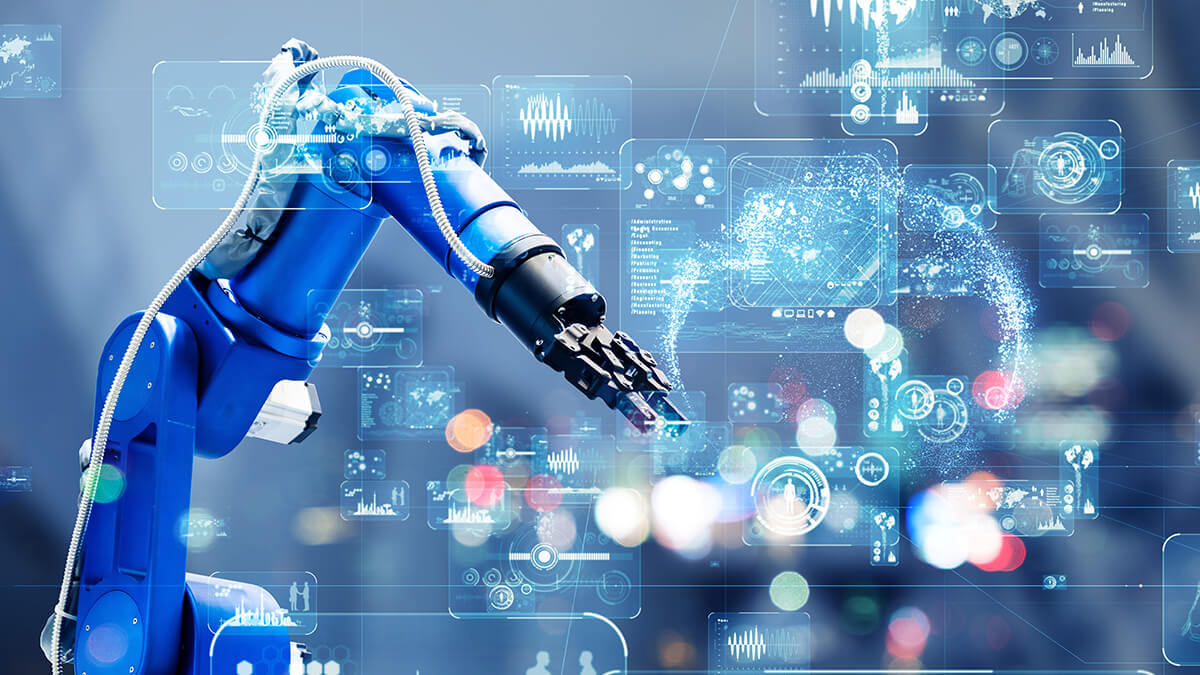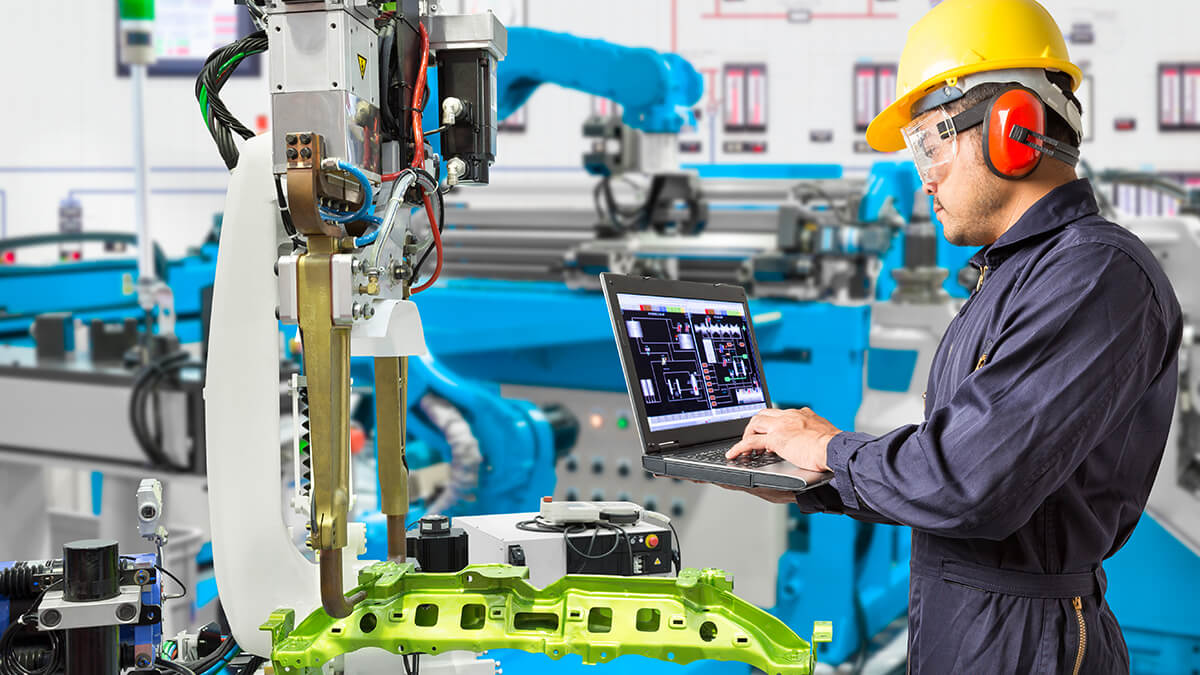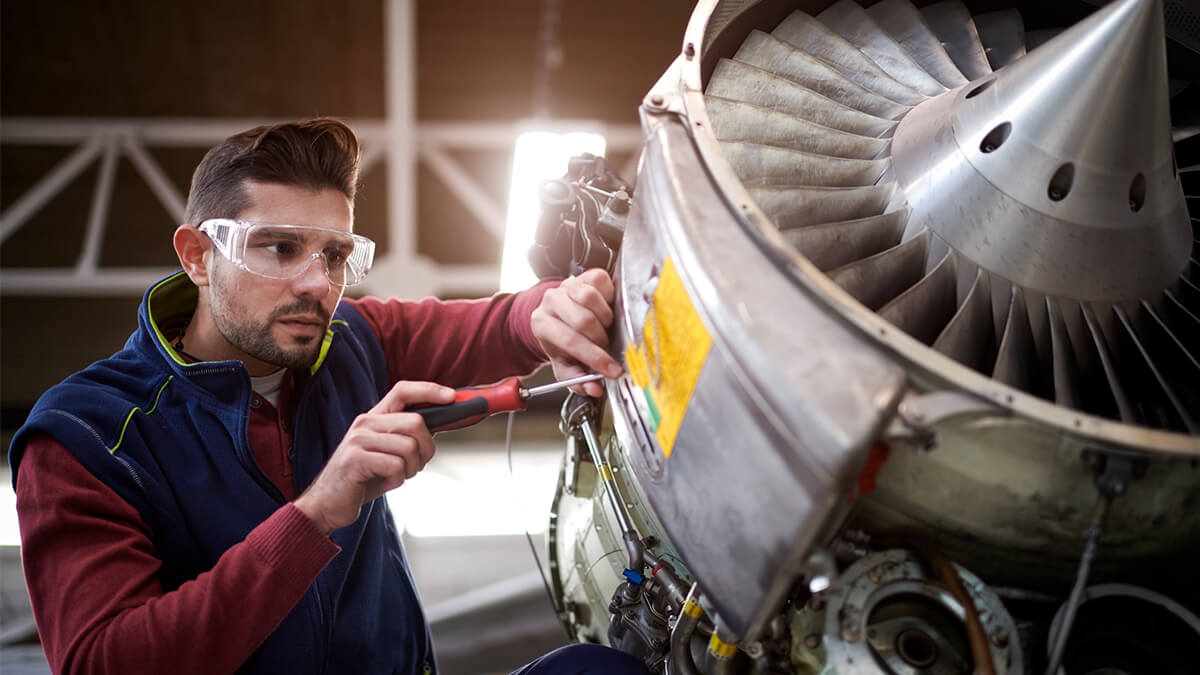Trend
Today we are going to learn more about "under one roof" in manufacturing. All disciplines are under one roof, which brings several advantages.
2020-10-28 13:54:54
The world has entered the era of Industry 4.0. robots assist human manufacturing, emphasizing the use of "human-machine collaboration" to move toward smart production. In recent years, the population aging problem faced by developed countries has caused the production costs of industry and manufacturing to increase year by year. Enterprises have deployed automation equipment to improve production efficiency. Various industries have also undergone tremendous changes in this intelligent wave.
2020-10-20 15:52:29
The COVID-19 caused a great catastrophe for mankind and suffered heavy losses to the global economy and politics. How to find a model that can sustain economic life and still be able to complete work and life is the biggest challenge of life at this stage. It also urges the industry to more actively move towards the development trend of smart unmanned factories, reduce clustering and contact, introduce unmanned factory technology, and improve production efficiency and control efficiency.
2020-09-14 11:20:11
Automation technology accelerates the development of the industrial robot industry. In order to maintain and improve productivity, the manufacturing industry accelerates the introduction of unmanned and industrial automation technology. Industrial robots have become a long-term rigid demand.
2020-08-21 11:43:02
The medical device industry is transforming. Nearly 80% of medical material companies believe that medical networking is the most important growth opportunity in the future, and 45% believe that cooperation with strategic partners is necessary. In fact, for medical IT solution vendors, the next decade is also an opportunity for their growth.
2020-08-11 10:07:00
The US-China trade war has triggered a major reshuffle of the supply chain. The global manufacturing industry is facing unprecedented challenges. In the process of transforming smart manufacturing, the biggest problem is the integration of operating technology (OT) and information technology (IT). Only by working with the smart manufacturing ecosystem can we have a chance to survive in the changes and seize future business opportunities.
2020-07-30 10:20:52
Taiwan's IBM announced that it has joined forces with a large domestic solution integrator (SI) to identify the pain points that are difficult to integrate between IT and OT in the manufacturing industry, and uses the IBM Smart Manufacturing 5C maturity model as the blueprint. Both parties will provide pre-introduction evaluation services, depending on needs. However, SI will provide OT and IT integration services, or IBM will provide more data-driven AI value-added services.
2020-07-30 09:14:15
Green Manufacturing, also known as environmentally conscious manufacturing, is a manufacturing model that considers environmental impact and benefits.
2020-07-23 11:27:40
As discussed in Tech Trends 2019: Beyond the Digital Frontier, technology forces that are increasingly dependent on advanced connectivity capabilities also are reshaping enterprise architecture.
2020-07-21 17:07:43
The effects of Industry 4.0 in many industries have already been seen, with improvements to existing value propositions emerging, or entirely new ones being developed. In aviation, digital technology has already fundamentally changed the airline industry landscape.
2020-07-10 11:40:37
Hot Topic
Agree


